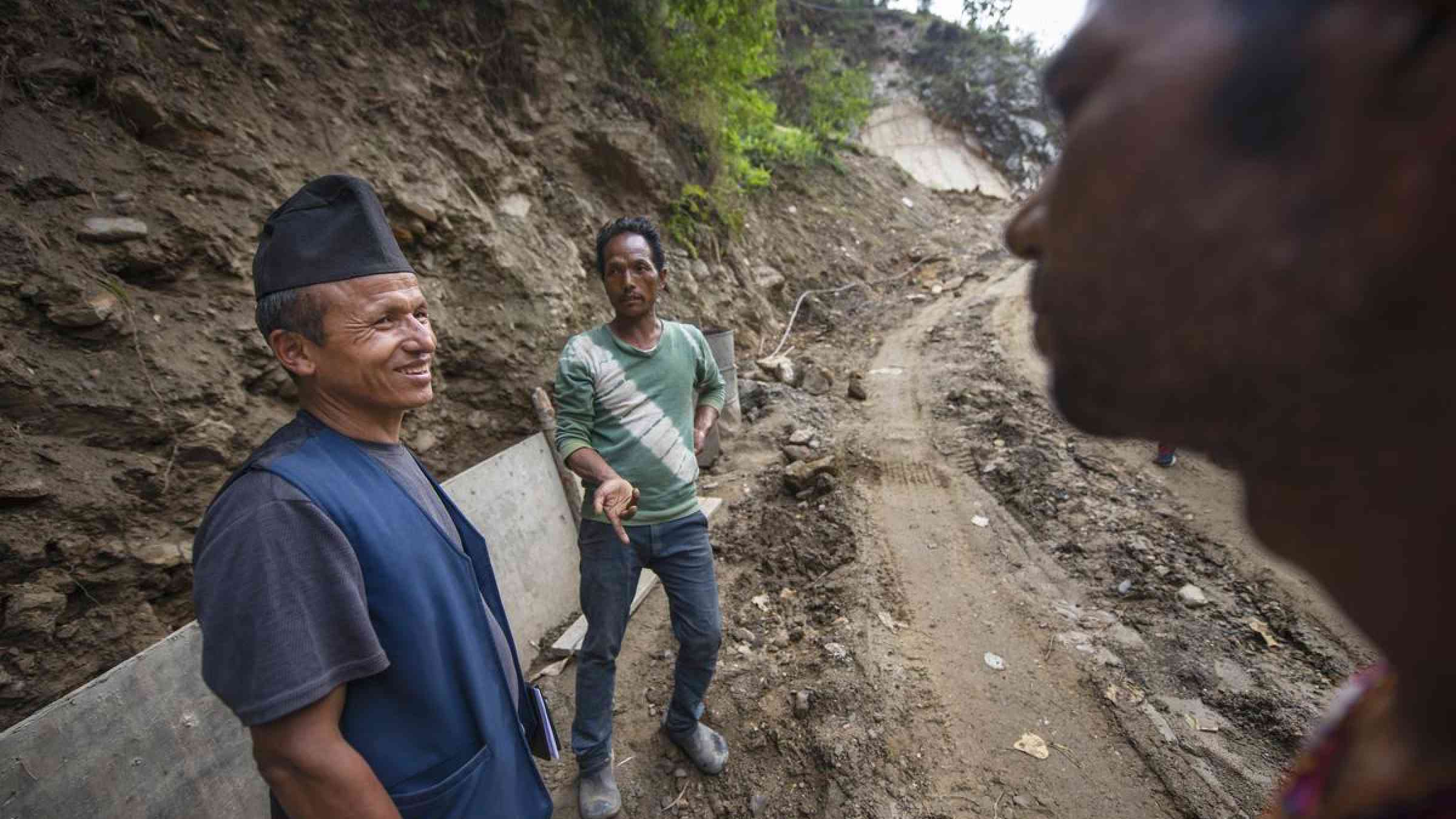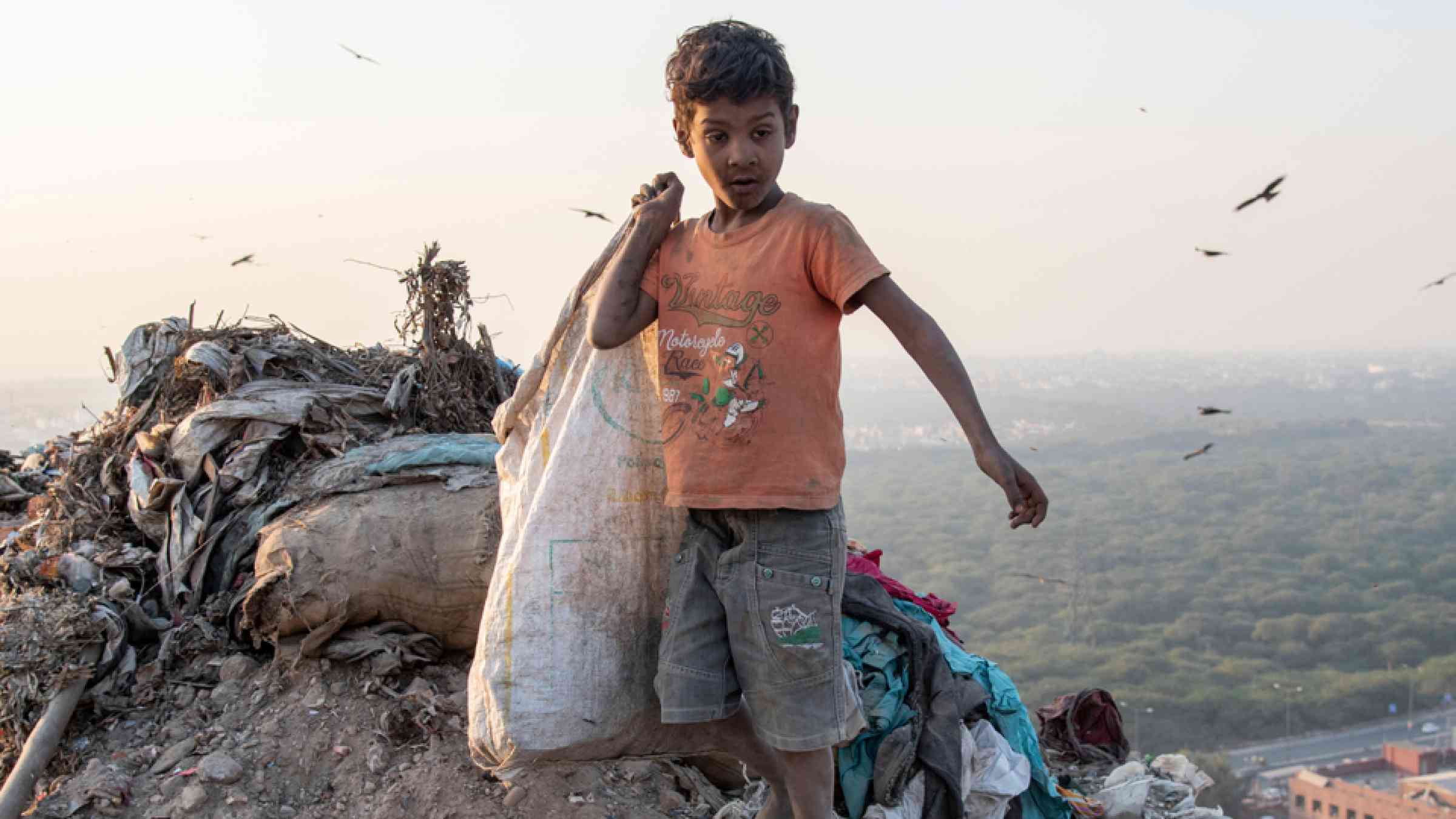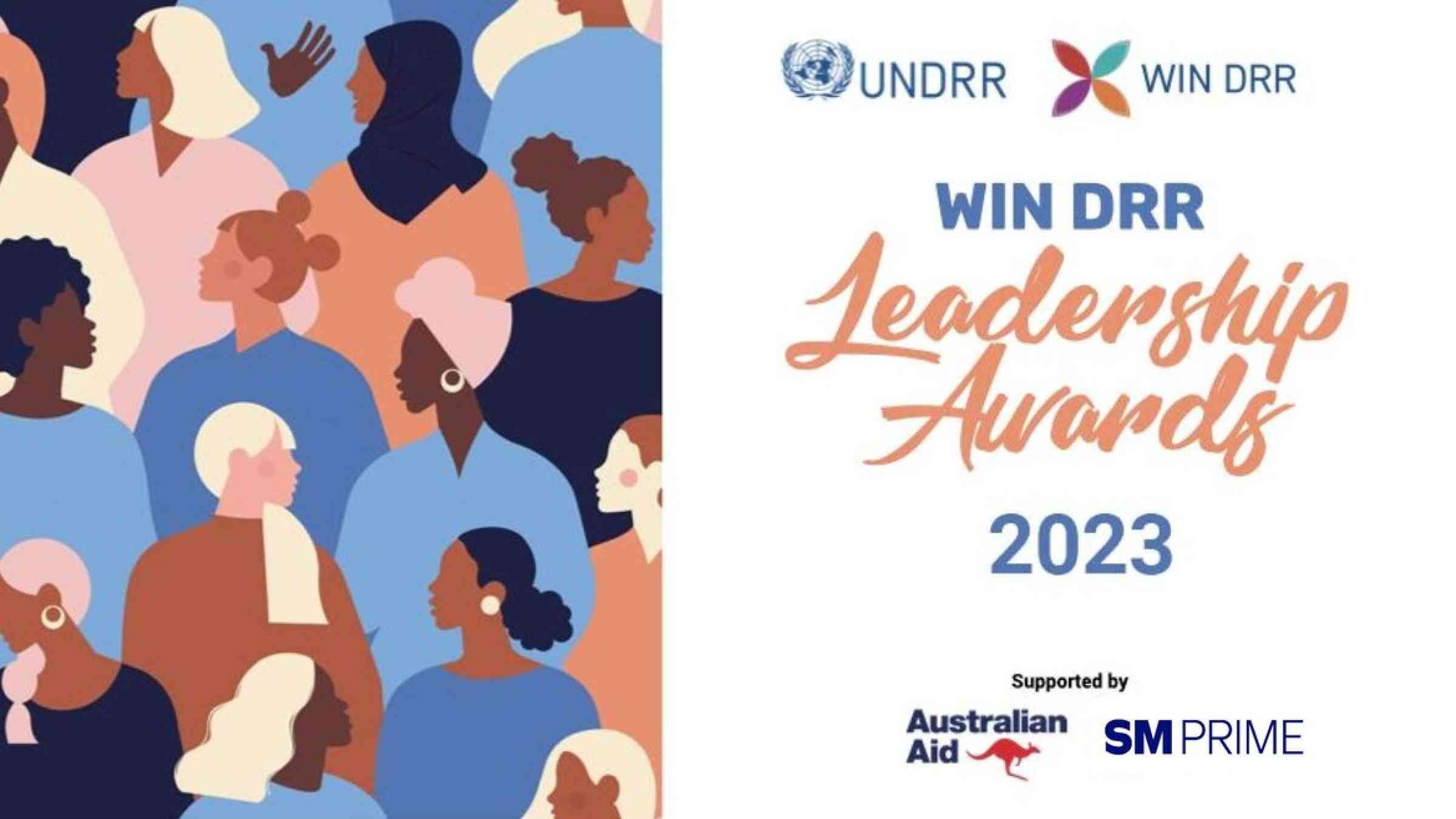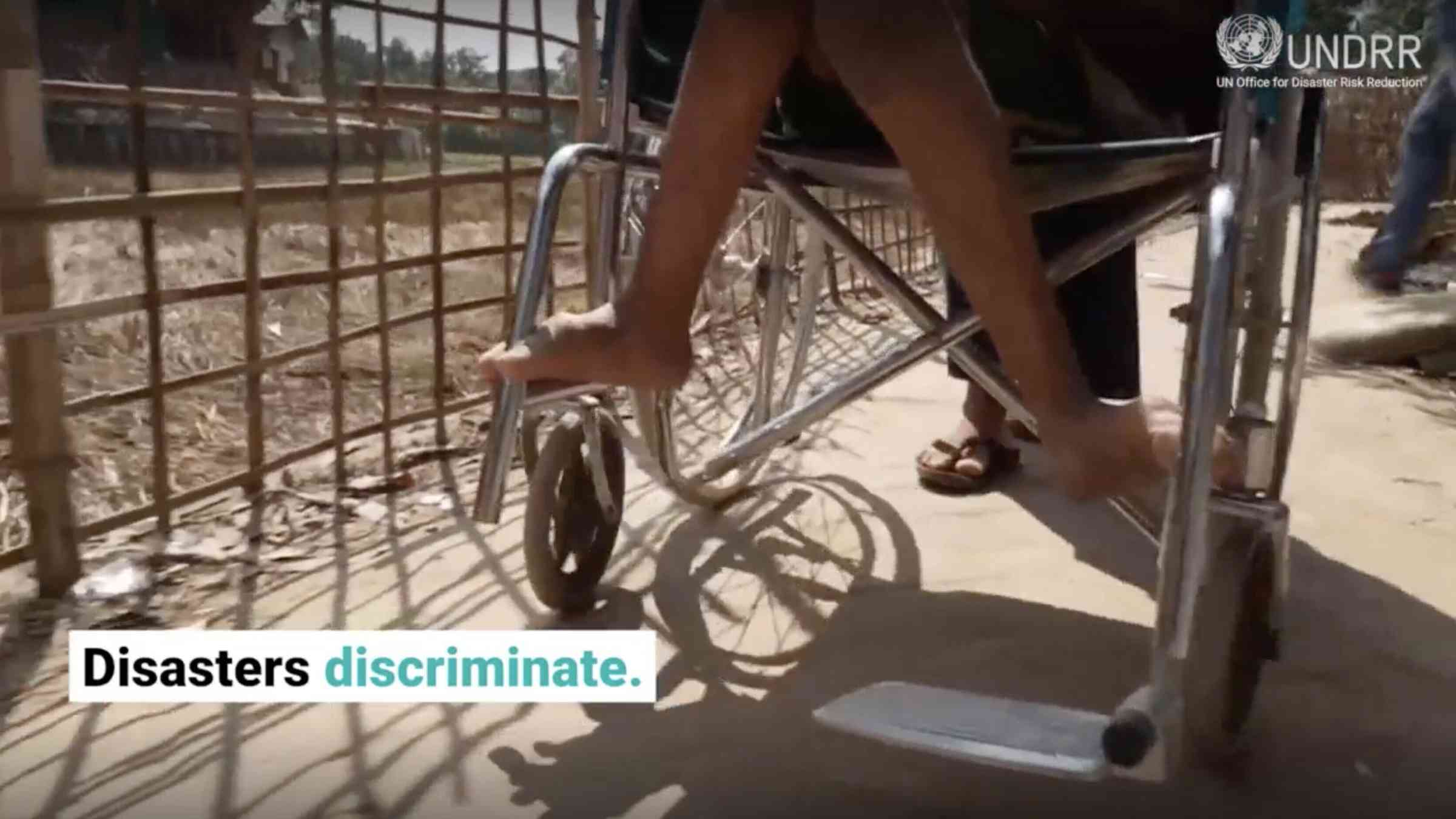International Day for Disaster Risk Reduction 2023
"Our world is plagued by a perfect storm on a number of fronts. Start with the short-term, a global economic crisis. The outlook is bleak. We see deepening inequalities and a rapidly unfolding cost-of-living crisis – affecting women and girls the most. Supply chain disruptions and an energy crunch. Soaring prices. Rising interest rates along with inflation. And debt levels pounding vulnerable countries."
– United Nations Secretary-General Antonio Guterres.
The International Day for Disaster Reduction


.png.jpg?itok=EqZSdd2j)
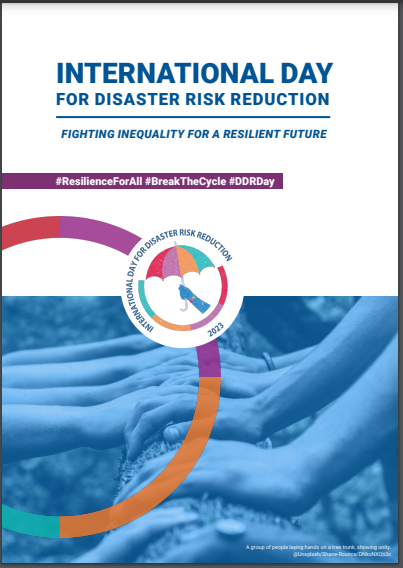
Concept Note: International Day for Disaster Risk Reduction 2023
The 2023 edition takes place shortly after the Midterm Review of the Sendai Framework for Disaster Risk Reduction 2015-2030, where the UN General Assembly in May 2023 adopted a political declaration to accelerate action to strengthen disaster resilience. The Day’s theme aligns with the Sendai Framework, the international agreement to prevent and reduce losses in lives, livelihoods, economies and basic infrastructure. It has seven global targets and 38 indicators for measuring progress. The Sendai Framework complements the Paris Agreement on climate change, with both frameworks interlinked to achieve the Sustainable Development Goals.
Key messages
- Poverty, inequality and discrimination are causes and consequences of growing disaster risk.
- Inequality creates the conditions that render people exposed and vulnerable to disasters. Disasters also disproportionately impact the poorest and most at risk people, thus worsening inequality. Reducing vulnerability to disasters requires addressing these dimensions
- By 2030, with current climate projections, the world will face some 560 disasters per year. An additional estimated 37.6 million people will be living in conditions of extreme poverty due to the impacts of climate change and disasters by 2030. A “worst case” scenario of climate change and disasters will push an additional 100.7 million into poverty by 2030.
- We can curb the destructive power of hazards—in other words, stop them from turning into disasters—through careful and coordinated planning that is designed to reduce people’s exposure and vulnerability to harm.
- Greater investments are needed in the collection and use of disaggregated data, both to better understand disproportionate disaster impacts and exposure, and to inform resilience-building plans.
Faces of resilience
In a world facing climate-related challenges, individuals like Abbas, Namazzi, Marsha, Arif, Hazel, Idaya, Khadija, Durnaz, Kaikea, and Pemón elders are adapting, innovating, and advocating for resilience in the face of floods, heatwaves, wildfires, and other disasters. Their stories reflect the human spirit's capacity to persevere, prepare for change, and work together to build a more sustainable and resilient future.
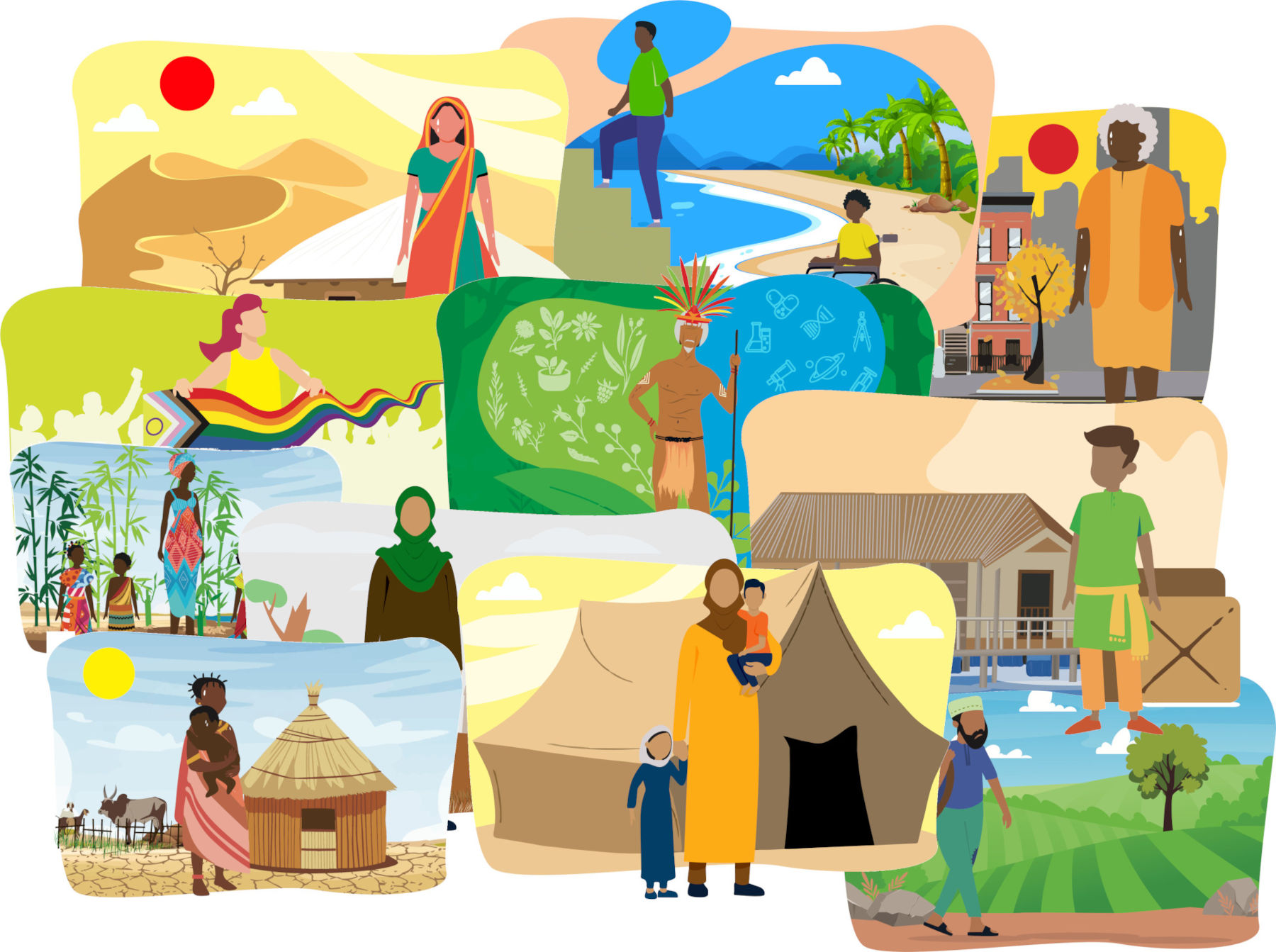
The Sendai Framework for Disaster Risk Reduction calls for “more dedicated action [...] to be focused on tackling underlying disaster risk drivers, such as the consequences of poverty and inequality.”
It states: “Disaster risk reduction requires an all-of-society engagement and partnership. It also requires empowerment and inclusive, accessible and non-discriminatory participation, paying special attention to people disproportionately affected by disasters, especially the poorest. A gender, age, disability and cultural perspective should be integrated in all policies and practices, and women and youth leadership should be promoted."


